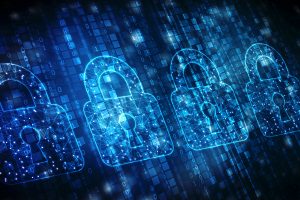 Remote work, necessitated by the pandemic, accelerated many agencies' move to cloud computing. With remote and dispersed teams here to stay, cloud is a critical, if not primary, infrastructure for a number of organizations. With this wide reliance on cloud, the Cybersecurity and Infrastructure Security Agency (CISA) has been releasing Trusted Internet Connections 3.0 Use Cases, which give federal agencies guidance on applying network and multi-boundary security for remote users.
Remote work, necessitated by the pandemic, accelerated many agencies' move to cloud computing. With remote and dispersed teams here to stay, cloud is a critical, if not primary, infrastructure for a number of organizations. With this wide reliance on cloud, the Cybersecurity and Infrastructure Security Agency (CISA) has been releasing Trusted Internet Connections 3.0 Use Cases, which give federal agencies guidance on applying network and multi-boundary security for remote users.
Similarly, the Defense Information Systems Agency (DISA) recently combined its Cloud Computing Program Office (CCPO) with its services directorate and ecosystem. This move, creating the Hosting and Compute Center (HaCC), recognizes the long-term reality of cloud and the role it plays in delivering services and powering everyday work for the agency. The HaCC will be "responsible for providing the warfighter with critical hosting and compute functions using modern data center and cloud capabilities." This functionality supports a number of Defense Department initiatives including Joint All Domain Command and Control. Continue reading



 With so many high-profile hacks this year, it's easy to want to throw up your hands and say, "Is there nothing that can be trusted?!" Interestingly, that lament is what is driving the latest approach to cybersecurity -- zero trust. Zero trust is what it sounds like, a security approach
With so many high-profile hacks this year, it's easy to want to throw up your hands and say, "Is there nothing that can be trusted?!" Interestingly, that lament is what is driving the latest approach to cybersecurity -- zero trust. Zero trust is what it sounds like, a security approach 

 From time to time GovEvents will come across information we feel our members and audience would benefit from. Here's something we wanted to share:
From time to time GovEvents will come across information we feel our members and audience would benefit from. Here's something we wanted to share:
